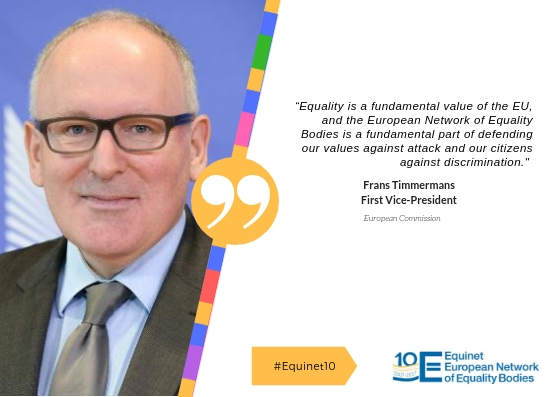
Abstract
The Treaty of Amsterdam and the subsequent adoption in 2000 of the so-called Race Directive was a genuine paradigm shift in European equal treatment legislation and practice. One of the major developments resulting from this Treaty change and new Directive was the introduction of a requirement for all EU Member States to set up bodies for the promotion of equal treatment, first on the ground of race and ethnic origin, later extended to the ground of gender.
This article analyses the emergence of these bodies – equality bodies – in EU Member States and candidate countries and the role they play in promoting equality and the implementation and monitoring of EU equal treatment legislation. It argues that equality bodies have a significant potential to contribute to more equal societies and they have proven to be effective agents of change. They do so, among others, by contributing to relevant case law in front of the Court of Justice of the European Union leading to the further development and clarification of EU and national equal treatment legislation.
The article also looks at the challenges experienced by equality bodies in different European countries as factors that influence and might limit their potential and contribution. To conclude, the article examines the necessary conditions for equality bodies to effectively contribute to the implementation of EU legislation and the achievement of substantive equality and it assesses whether current standards for equality bodies can guarantee these conditions.

Download Article
Equality bodies – a European phenomenon

